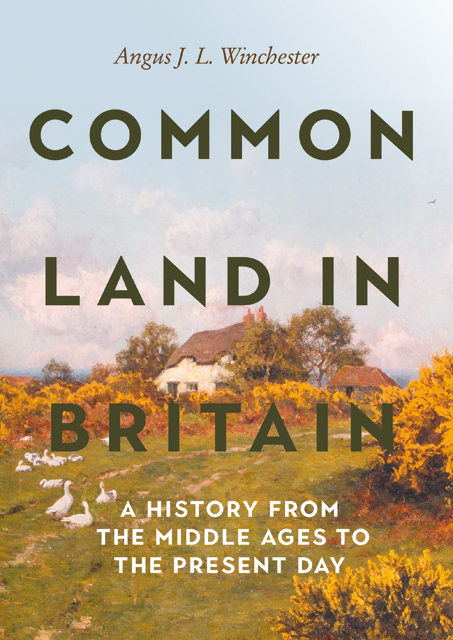Chapter 7 - The Commons Reinvented
Published online by Cambridge University Press: 20 December 2022
Summary
Ye commons left free in the rude rags of nature,
Ye brown heaths be-cloathed in furze as ye be,
My wild eye in rapture adores every feature,
John clare’s hymn to the loss of his beloved heathlands of Northamptonshire, published in 1821, anticipated a fundamental change in perceptions of common land which took place across the nineteenth century. Clare was voicing nostalgia for a countryside rapidly being lost. His appreciation of land clothed ‘in the rude rags of nature’ was to become central to the value placed on commons by modern society. From the 1860s, common land came to be valued for recreation, public access and natural beauty, and later for its ecological character. No longer were commons a reservoir of untamed land waiting to be reclaimed and improved; now those which survived became a precious remnant to be conserved for the benefit of the nation at large. Paradoxically, however, that wider interest led to further loss of common land, as it came to be seen as an appropriate location for public buildings and, at times of crisis in the twentieth century, as a resource which could be drawn upon in the service of national defence. The new perceptions were part of a deep change in conceptions of land. If a wider public interest were accepted, it followed that limits would be placed on the freedom of action of those with property rights. How the common land which had survived the era of enclosure was used – indeed, how it shouldbe used – became matters of public debate. Ye are dear as this heart in my bosom to me.
The shift of discourse from ‘reclamation’ to ‘conservation’ is conventionally placed in the 1860s, with the foundation of the Commons Preservation Society in 1865, but its roots can be traced back to the earlier decades of the century. It sprang from two very different sources – landscape aesthetics and public health. The idea that the public at large had a valid interest in natural beauty was being expressed in relation to the Lake District by the first years of the nineteenth century. After visiting the Lakes in 1802, Richard Warner declared that places deemed to be beautiful were ‘the common property of the people’, and Wordsworth later famously described the Lake District
- Type
- Chapter
- Information
- Common Land in BritainA History from the Middle Ages to the Present Day, pp. 153 - 182Publisher: Boydell & BrewerPrint publication year: 2022

